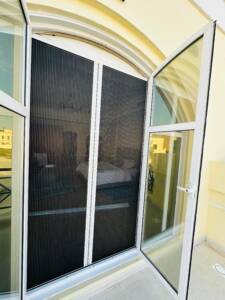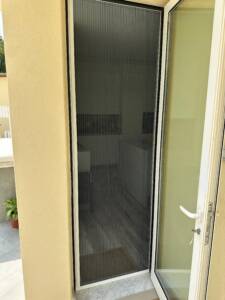Fly screen doors, also known as mesh doors or insect screens, offer a practical solution for keeping insects out while allowing fresh air to circulate freely indoors. These versatile doors provide numerous benefits and can be used in various settings to enhance comfort, convenience, and ventilation. I’ll explore the different applications and places where fly screen doors can be used effectively, from residential homes to commercial establishments.

Understanding Fly Screen Doors

What are Fly Screen Doors?
Fly screen doors are specially designed doors fitted with fine mesh screens that prevent insects, such as flies, mosquitoes, and bugs, from entering indoor spaces while allowing air and natural light to pass through. These doors are typically installed in exterior doorways, such as front doors, back doors, patio doors, and sliding doors, where insects are most likely to enter.How Do They Work?
Fly screen doors utilize a mesh screen made of durable materials, such as fiberglass, aluminum, or stainless steel, with small gaps or perforations that are too narrow for insects to pass through. The mesh screen is securely attached to a frame, which can be constructed from various materials, including aluminum, vinyl, or wood. The door is hinged or sliding, allowing for easy access while providing effective insect protection.Residential Applications
1. Front Doors
Install fly screen doors on front doors to prevent insects from entering your home while allowing fresh air to flow inside. This helps maintain indoor comfort and ventilation, especially during warmer months when windows and doors are frequently open.2. Back Doors
Use fly screen doors on back doors leading to outdoor spaces, such as patios, decks, or gardens. This allows you to enjoy outdoor views and activities without worrying about insects invading your home.3. Patio Doors
Install fly screen doors on patio doors to create a seamless transition between indoor and outdoor living spaces. This allows you to open up your home to natural light and fresh air while keeping insects at bay.4. Sliding Doors
Use fly screen doors on sliding doors to provide insect protection and ventilation in areas with limited space for traditional swinging doors. Sliding fly screen doors are easy to operate and can be customized to fit various door sizes and configurations.Commercial Applications

